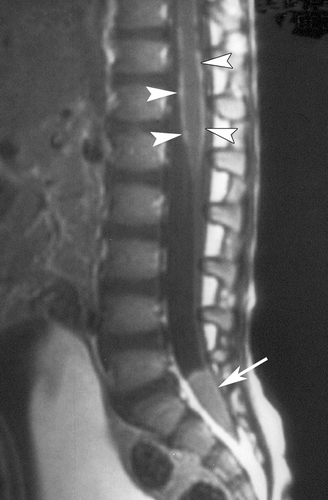General:
- neurofibromas are also a neoplastic proliferation of schwann cells, but the tumors are more heterogenous -- contain fibroblasts, perineural cells, residual axons
- while schwannomas tend to be well circumscribed tumors that push nerves to the side, neurofibromas are non-encapsulated and more invasive
- For more details see blog post from oct 8, 2014
- Associated with NF1 - in these patients, can transform to MPNST
Variants:
- localized soft tissue tumor
- diffuse neurofibroma can grow into large lesion
- plexiform variant - expands nerve fascicles
Path:
(from Dr.Pytel's CNS tumors lecture)
- abundant wavy collagen deposits, "carrot shavings"
On imaging, can be virtually indistinguishable from schwannoma
MPNST
General:
- may look like high grade sarcoma
- 50% arise from plexiform neurofibroma in pt with NF1
- 5% of NF patients develop a MPNST
Path:
Many nuclei, cellular spindle cell tumor, lots of mitotic activity (contrast with path image above)
source: Dr.Pytel's lecture



































